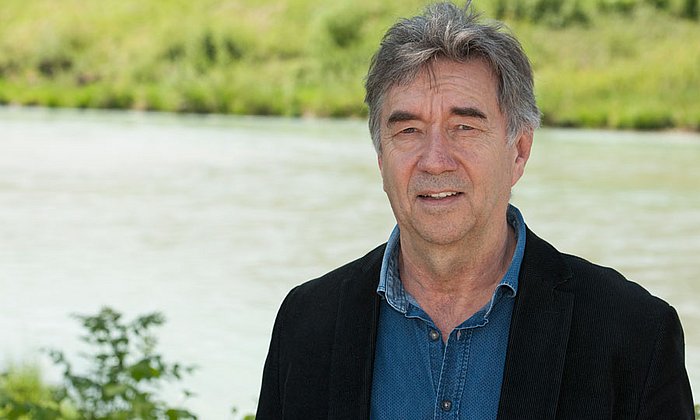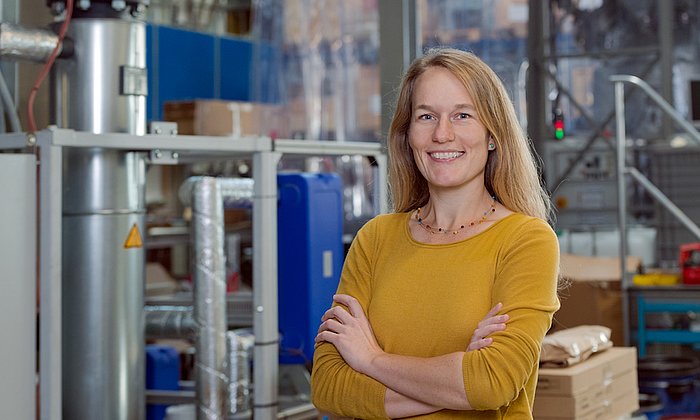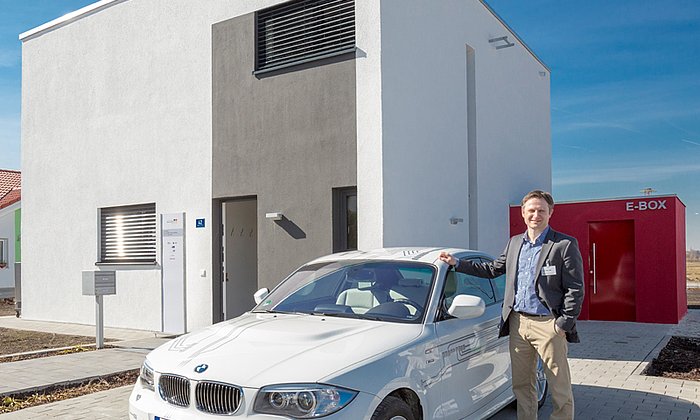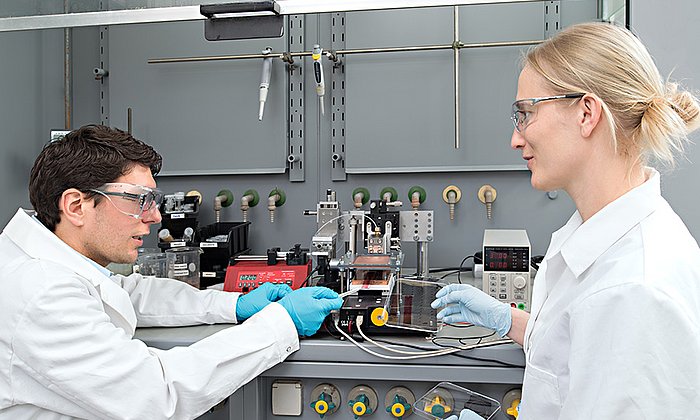Project GRETA: Potential of near-surface geothermal resources in the Alpine region
A treasure map for the energy revolution
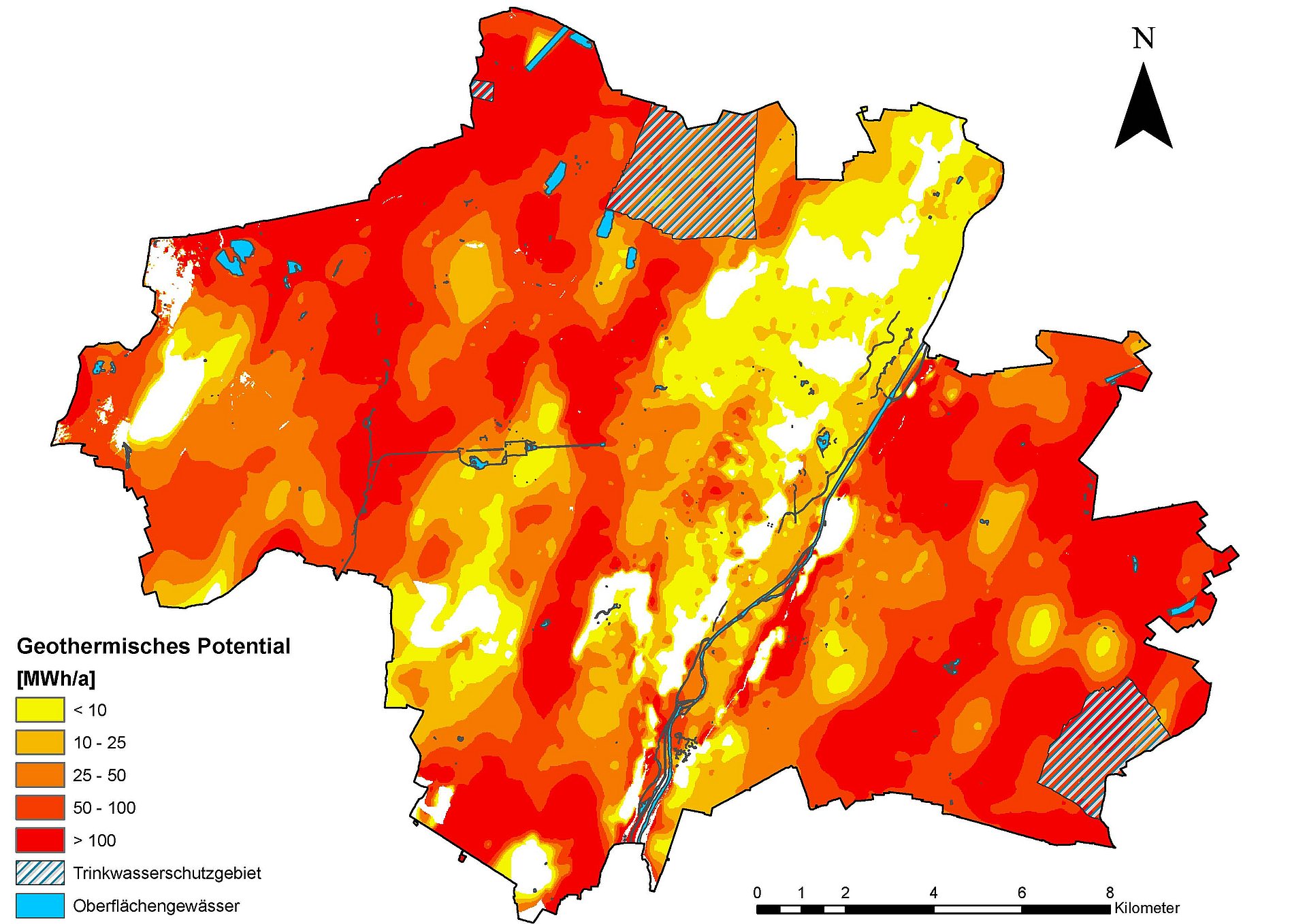
An invisible wealth of regenerative energy is concealed beneath the ground we walk on: geothermal energy. Inside the earth temperatures range up to several thousand degrees centigrade. And even if the temperature drops towards the earth's surface, there is still enough warmth to be used efficiently. At depths of up to 400 meters, experts refer to near-surface geothermal energy.
Among other things, groundwater can be used to extract the geothermal heat; it has a temperature of around ten degrees centigrade throughout the year. Heat pumps are used to bring the water to a temperature range of from 35 to 50 degrees. Even if electric energy is added to the process, the net energy yield is still very high.
Effective, but rarely used
Near-surface geothermal energy is perfectly suited for supplying buildings with heat and hot water - or cooling them. "But if we look at the energy action plans and strategies of the Alpine states, it's nowhere to be seen," says Dr. Kai Zoßeder from the Chair of Hydrogeology at TUM.
There are several reasons for this: More than anything, near-surface geothermal energy is simply not present enough in the minds of many people, says the hydrogeologist. "By contrast, deep geothermal energy seems a little more spectacular and is already anchored in many people's heads." And in the past it has been almost impossible to precisely calculate how much energy could be acquired from near-surface geothermal energy at a given location. One difficulty here is the wide range of differing legal regulations which can even vary within a single country. Geology, water conservation areas and natural reserves have to be taken into account as well.
Surveying the potential of near-surface geothermal energy
In the international project GRETA, which addresses improved utilization of near-surface geothermal energy in the Alpine region, researchers from twelve partner organizations in six different Alpine nations are pursuing the following objectives:
- Representation of the geographic distribution of near-surface geothermal energy potentials
- Preparation and dissemination of information on this technology
- Integration of the potential of near-surface geothermal energy in energy action planning
"In our six pilot regions we have captured highly detailed information on the quantitative potential of near-surface geothermal energy," says Zoßeder. The potential surveys generated are available to anyone, as a web application.
From research into application and policy
Among other things the team collected best-practice examples in the interest of further distributing this expertise. "The soccer stadium in Augsburg is for example heated with near-surface geothermal energy," says Zoßeder. "We can also make these examples available for use by energy consultants."
In addition, the researchers want to make sure that regenerative energy is included in energy utilization planning, for example in Munich. "Near-surface geothermal energy was not included in the draft for the new partial energy action plan for the heat and cold supply," says Zoßeder. The calculations of the scientists made it possible to determine the energy potential of geothermal energy for the individual buildings - and thus to integrate geothermal energy into the utilisation plan.
More information:
- Web page of the GRETA project: www.alpine-space.eu/projects/greta/en/home
Contact:
Dr. rer.nat. Kai Zoßeder
Technical University of Munich
Professorship for Hydrogeology
Phone: +49 (89) 289 - 25834
kai.zosseder@tum.de
Fabian Böttcher, M.Sc.
Technical University of Munich
Professorship for Hydrogeology
Phone: +49 (89) 289 - 25819
fabian.boettcher@tum.de
Technical University of Munich
Corporate Communications Center
- Stefanie Reiffert
- stefanie.reiffert@tum.de
- presse@tum.de
- Teamwebsite
